Hi guys, how are you? I am back again with yet another article. Let’s get right to it. It seems as if Total is the kingpin in Zimbabwe when it comes to fuel. Everyone that I come across says that they prefer it over the likes of ZUVA, Engen and others. People say that Total fuel lasts longer thus in their eyes it gives you more value for money. I have also been told that Total sells either unleaded fuel or E 5 fuel, not the E 10 fuel that people claim other service stations sell. Like any rational company should do Total has taken advantage of this perception that people have of them. Their pricing strategies have included selling their fuel at a higher price than everybody else, at $1,48 per litre for petrol. Others range from $1.45 per litre at ZUVA, the ‘Energy Everyday’ guys to $1.30-something at MAPS Petroleum. I have never been at MAPS so I am not sure how much they sell their fuel for. Word of mouth has played a huge part in Total’s success so they have to be doing something right. However, me being me, I prefer to make purchasing decisions based on facts, so I conducted a little analysis of their pricing strategies. I set out to determine, based on my own experience, the best service station for me. Let us see what happened.
I will start by explaining my methodology. This methodology is a small example of one of the numerous approaches that I would take if I were to come up with pricing strategies whatever I will be selling. Companies should use such approaches to creating pricing strategies, we would all be happier if they did. This example or approach to creating pricing strategies can be applied in any industry where there is an exchange of money for products/services and where there is some form of competition going on. In this exercise I was looking at the following factors:
- Price – The actual cost of the fuel
- Time – The amount of time that is required in order to acquire the service
- Energy – The amount of effort that is required in order to acquire the service
- Psychic – The effect of the transaction on my emotions, psychology etc.
I rated each service station out of 10 and the lower the mark the better for the service station because this would mean that the product costs less for me to use it. I will also briefly explain the reasons why I gave the service station that mark. This will help should you want to carry out the exercise yourself when trying to come up with your own pricing strategies.
Allow me to digress a little bit and ask you a quick question: Do we have ‘service stations’ in Zimbabwe or we have ‘filling stations?’
Anyway let us begin. These tests were run using a Mercedes Benz E 280. Kindly note that they were not those scientific ‘100% accurate’ types of tests. It was just me in my car zooming along. But then that is what everyone else does, right? We make our decisions based on our own experiences, regardless of whether or not the results are accurate.
Total
a) Price – $1.48/litre. Performance – 9.05 km/litre. Range – 633.50 km per full tank.
b) Time – The Total service station in Samora Machel is near my flat so it does not take time to get there. There are usually queues of other cars that fill up there as well so you rarely just get in and out of the place. It is not a place to go if you are in a rush. (7/10)
c) Energy – Well the fuel attendant puts in the fuel for you. The attendant also puts in the pressure for you in your car. However to get to the pressure pump you have to manoeuvre into a very tight spot because the place is cramped. (5/10)
d) Psychic – The place has too much activity it is irritating to be honest. I also tried to get some pressure there and it took me 20 mins to get the pressure because the pressure pump is hidden and I was made to pay for it. Paying for air, imagine! Their customer service is nothing to write home about. (10/10)
Total Price – $1.48 (for 9.05km/litre) + 22/30
ZUVA
a) Price – $1.45 per litre. Performance 9.63 km/litre. Range – 674.10 km per full tank.
b) Time – The ZUVA service station in Samora Machel is closer to my flat than the Total service station. For reasons best known to them the place is almost always empty so you get in and you get out quickly. Their pumps are top notch so they fill up your tank quickly. The attendants are always on alert so I have never had any human related delays. (2/10)
c) Energy – Getting things done here is a breeze because, like I said, the place is usually empty. I think it is emptier than they would like it to be. If you want pressure you have to put it in your tyres by yourself and they make you pay for it, when the pressure pump is working that is. (4/10)
d) Psychic – Well well well! These are the guys with the court case that led to a lot of people losing their jobs. I remember boycotting this service station for a month or two. Every time I go there I remember the unfortunate chain of events that began with them hiring very good lawyers. So even if I still go there I do not want to be there. If you do not feel the same way about ZUVA then I guess you will give them a lower score on this one. I will just put a mark for the sake of the article but this goes under the category of ‘priceless’. (100/10)
Total Price – $1.45 (for 9.63km/litre) + 106/30
Engen
a) Price – (Approximately) $1.45 per litre. Performance – 9.50 km/litre. Range – 665 km per full tank
b) Time – I use the Engen service station that is close to work, in Graniteside. There is always traffic there so usually it takes a bit of time to get fuel. Not as much time as Total though. Their pumps do seem to take a bit of time to fill up my tank though. Maybe it’s the technology that they are using. (5/10)
c) Energy – The service station is located on my way home from work so that’s a plus. You have to put pressure in your tyres alone though. (4/10)
d) Psychic – There is this huge speed hump as you enter the service station. My car rides low so I always get annoyed as the underside of my car rubs against the speed hump. The gauge on their pressure pump does not work properly at times and their pressure pump is faulty as well. Their pressure is free though and that is a plus. The attendants are also friendlier than those of the other service stations. (5/10)
Total Price – (Approximately) $1.45 per litre (for 9.50 km per litre) + 14/30
PUMA
a) Price – (Approximately) $1.45 per litre. Performance – 8.77 km per litre. Range – 613.90 km per full tank
b) Time – The PUMA service station in Samora Machel is the furthest from my flat. There is always traffic there as people also come there for fuel, maybe because of its location. At PUMA you will definitely get into a queue and wait for a bit before you get your fuel. (8/10)
c) Energy – I have never tried to use the pressure there so I do not know if they even have pressure. All I do is get there, get my fuel, and leave. Like I said before the place is a bit far from my flat though so I use a bit of energy to go there. (5/10)
d) Psychic – The traffic can take its toll on you and the place is a bit cramped but outside that there are no problems. The staff is quite friendly too (3/10)
Total Price – (Approximately) $1.45 per litre (for 8.77 km per litre) + (16/30)
VERDICT: In my humble opinion as a customer Total is not justified in charging an extra 3 cents per litre of fuel as per their pricing strategies. Other service stations are providing fuel that performs at the same level or even better than that of Total. I still use Zuva regardless of the rating that I gave them under ‘Psychic’ because our jobs as Zimbabweans were threatened only as a result of a series of unfortunate events. I would like to believe that they did not cause that fiasco deliberately. That said it will not get rid of the bitterness that I still feel. In my case the ‘Time’ and ‘Energy’ costs for ZUVA were lower than those for Total. The fuel from ZUVA is the cheapest relative to its performance. These are the factors that influenced my judgement. Depending on where you get your fuel from these figures could be different. I think that Total should charge the same price for fuel as its competitors which would mean altering their pricing strategies.
The lesson in all this is that there has to be a science in how pricing strategies are conceived. There has to be a strategy that can be backed up by facts and research. Many a time companies just set a price off the top of their heads or based on the margin that they would like to get. To be honest most of the times they get away with it because their competitors are not there to challenge them by being scientific in the creation of their pricing strategies themselves. I say that with the right pricing strategies any of Total’s main competitors can push Total of its pedestal. The question is, do they want to do so? What do you think of my little analysis of these various pricing strategies? Based on the method that I have used are you still going to use the same service station that you have been using? Let us know your thoughts in the comments section below.
Thanks
Ruvimbo

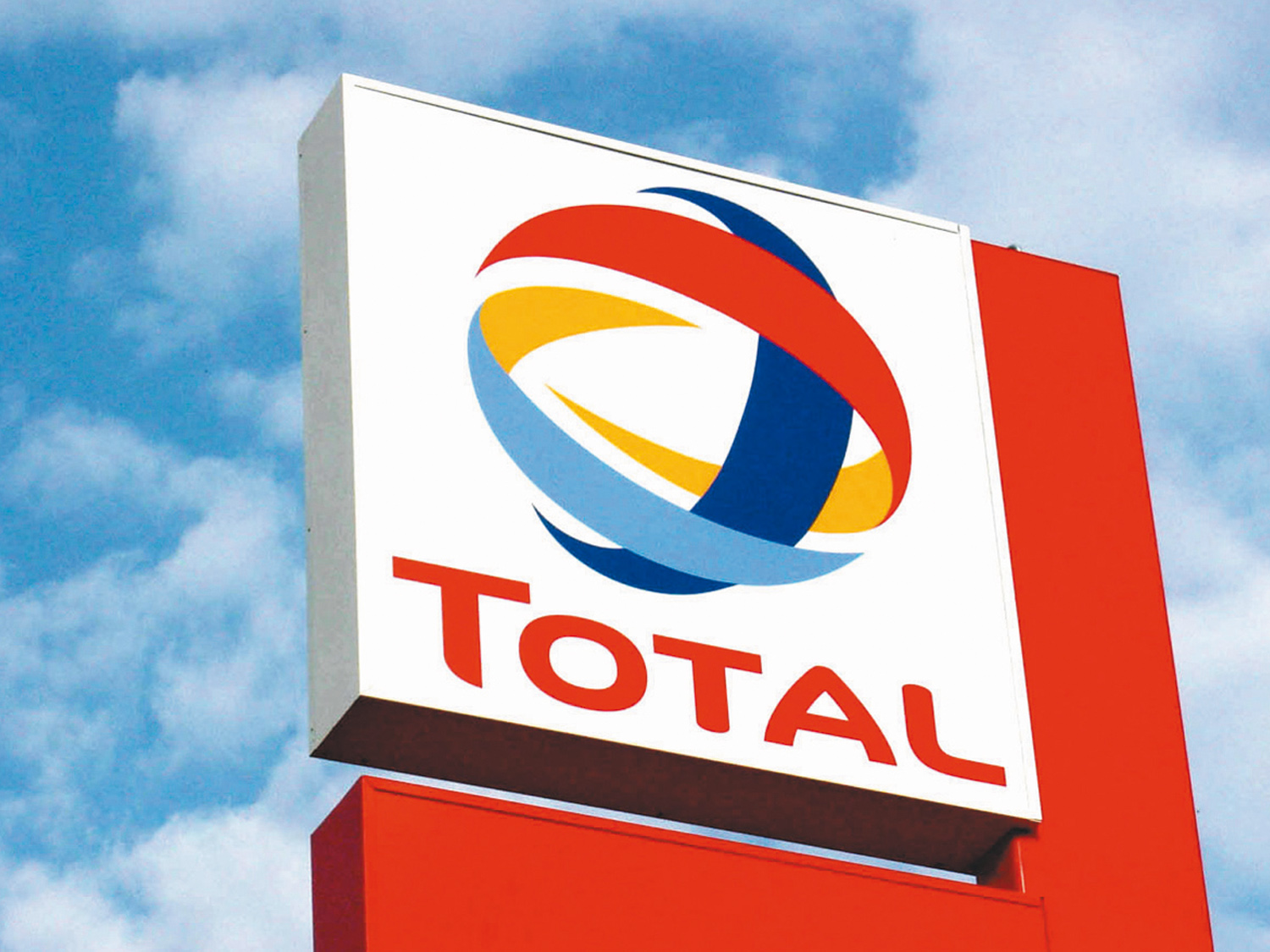

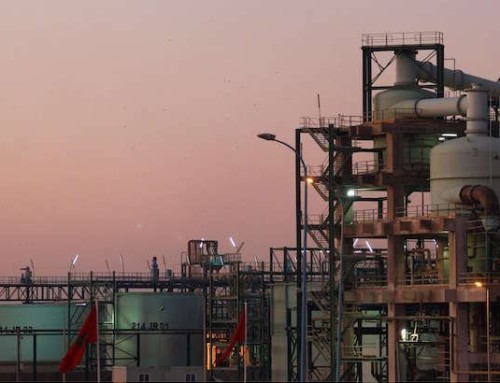

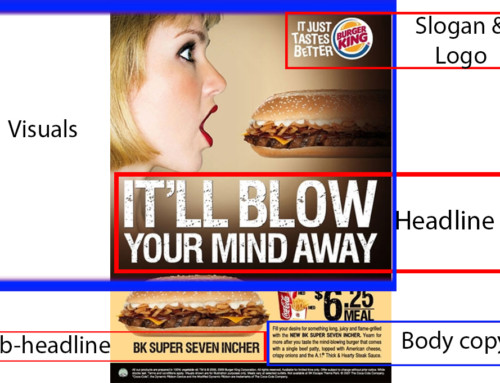
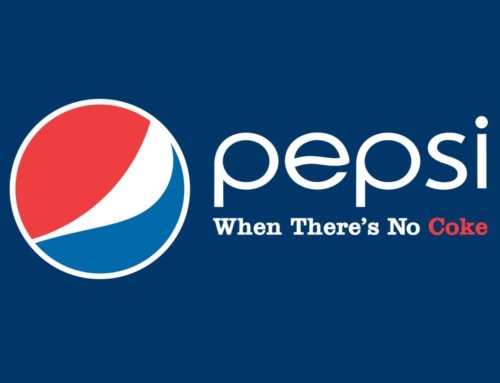
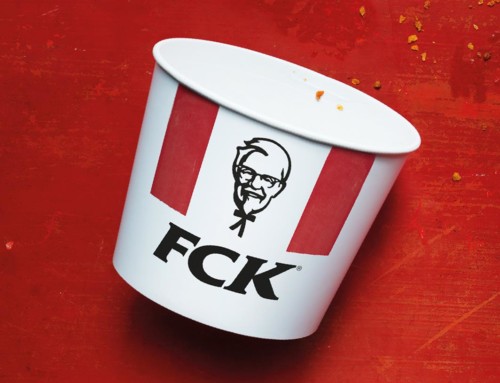
Most likely there was a time before when the stations used to offer service (radiator water – most likely then vehicles used to demand frequent topping, tube & tyre repair/replacement, replacing various filters etc). So that left a legacy of ‘service’ in the name. As of now though am sure what we go to are filling stations. Since filling is the main activity. Though there is still some topping (oil, air and water) going on.
To the main body of your article: It is a good idea. But there are areas where there are subjective measurements. Price seems to be the only one that is objective. The other 3 tend to rely on the mood/pressure of time of the customer.
To make it a scientific tool of measurement, I think your idea needs to be tweaked in the 3 areas highlighted. Thanks for giving us something to start on.
Hi. True most are now just filling stations. Yes indeed the measurements are very subjective. I am glad that you picked it up as that is what I was trying to highlight (in the background). These are some of the dimensions of consumer behaviour that are seldom touched on when businesses are coming up with their pricing (and other) strategies. There are other arenas in which consumers make their purchasing decisions that companies are not aware of. What makes it even harder for companies is that most of this happens in the consumers’ subconscious realm meaning that customers at times are not even aware of everything that influences their decisions. If a company is able to identify most of these subjective elements and act on them it will give the firm a huge advantage in the market. The results in the article are from my own experience. Everyone who uses a service station will have their own (different) scores. A good marketer will know how to come up with a picture that tells the story of his/her company’s customers based on their various viewpoints.
That said I will look into tweaking the model because nothing is ever perfect. What would you suggest I add or subtract from the model?
2. Time –
3. Energy –
4. Psychic –
I do not suggest a removal of these but rather trying to make them less subjective. However, as you say this is part of the subconscious decision making of any buyer (consumer behaviour). This is where the battle is won by those businesses who care to tap into this realm of the consumer’s mind. Atmospherics is the total experience a consumer enjoys when he/she enters any place where goods/services are offered. Your 2-3 make a strong point in atmospherics. Price (1) at times ceases to be an issue to most consumers.
2. Time –
3. Energy –
4. Psychic –
I do not suggest a removal of these but rather trying to make them less subjective. However, as you say this is part of the subconscious decision making of any buyer (consumer behaviour). This is where the battle is won by those businesses who care to tap into this realm of the consumer’s mind. Atmospherics is the total experience a consumer enjoys when he/she enters any place where goods/services are offered. Your 2-3 make a strong point in atmospherics. Price (1) at times ceases to be an issue to most consumers.
In life there are so many situations that cannot be explained wholly by science. I am fine which such scenarios eg your 2-3. What I am trying to say is, I find most buying behaviour is an art more than a science.
We are talking human emotions here. As human beings we are not rational in a majority of our decisions. Reading them scientifically may be achievable, but to those researchers that have budgets to meet this goal. For small operators (like myself) we can still get a lot of benefit from what you have shared with us already.
Very true Taurai. Human beings are very complex and as such dealing with them is complex in itself. I like the way you said that ‘most buying behaviour is an art.’ When I read that part I took a bit of time to reflect on some of the purchasing decisions that I have made in the past. I realised that in some cases it would have been impossible for even the best marketers with the most resources to anticipate what I could have done in a particular situation. This is truly a tricky subject, one which a person can devote a lifetime to in terms of finding answers to various questions. I will also continue to think along the lines of startups as I am part of a startup myself. By this I mean looking for methods that would suit our budgets. It is only by creating strategies which the likes of me and you can afford to execute will we be able to grow. Thank you for the valuable insights I will surely re calibrate based on our needs as startups. Maybe I can end up with a model for the established companies and one for startups like ourselves.
Thanks Ruvimbo for a research that was was well done…it is quite deep in my view. I think what people should know is that 90% of the fuel that is consumed in this country comes via Beira by Pipeline to Feruka in Mutare and then then to Msasa. All fuel collect their fuel from NOIC Masasa or Feruka Mutare. The five or ten percent comes by railway and road. So it may not be correct when people say that Total fuel gives you more mileage than Zuva or any other. Of course a lot can happen between Msasa/Feruka and the delivery point that is quite possible but in rare cases. Yes when fuel was a problem those days service stations ceased to be service stations they became filling stations. If you look at my business plan I emphasize ” bringing the service back to the station” because that is what it is supposed to be.
You are welcome thank you very much for the compliment Simba. The information that you have shared with us is very important for everyone because some people actually believe that certain distributors are getting fuel from ‘better’ sources. This information will help the customers in that they will not be taken advantage of based on their beliefs. The fact that 90% of fuel comes from the same place means that strategies need to be put in place in order for one to gain an advantage in the market place. This advantage will be gained on aspects other than the fuel itself. I will definitely go through your business plan as you are on the right track. ‘Bringing the service back to the station’ will reflect on your balance sheet, in dollars. You can be sure of that.
Thanks Ruvimbo.
As we all avidly talk about the African dream or Africa’s time, we are all actually acknowledging the rise of Africa’s middle class. The days where businesses bully customers, into ‘Take it or leave it’ are quickly becoming part of our recent history.’ Only those organisations that care about giving the customer an enjoyable journey from pre- to post- purchase will benefit from the discerning buyer who is already becoming the new face of Africa. This is when your tool will be in high demand. You are right to start working on it.
Once your prototype is ready, I would love to be part of the opinion group that samples it. Hopefully thereafter I will be your evangelist and ambassador.
If you haven’t yet, you may want to go through the 2015 Africa Retail report. Though our Zim is not part of the 15 top performing countries, I find the read a true reflection of what I see around us.
Download the report: http://www.apo.af/aM1mNp
You are welcome. That is fine I will definitely keep it in mind (about the prototype).
Thank you very much for sharing the link to the report it is very insightful. It has opened my eyes to some issues such as how to actually select the market that you would like to enter depending on the business that you are engaged in. I think Zimbabwe missed out as a result of our economic issues as they are hampering a lot of things. The mindset of the people though, ceteris paribus, would have gotten us a spot on that list. Zimbabwe is a very westernised country, it is unfortunate that the situation that we find ourselves in stops us from expressing that side. You are talking of a country where the inhabitants do not even support most local initiatives and only respond to established western brands. You are also talking of a country which seems to be still ahead (in some aspects such as infrastructure) of some of the countries on that list.
If we were to appear in the report we would have appeared in the cluster of the developing markets i.e. Stage 2. I am saying this from what I know about the Zimbabwean people, what are your thoughts on this?
The report shows that there is still time for us startups to make our mark in Africa. Ackerman of Pick n Pay said that all their plans are long term. I am getting the sense that because of the climate in Africa their plans are ranging over a longer time span than they would have liked. This means that in the meantime startups can find and secure niches, basically fill in the gaps and be successful. This can allow even startups to fight for markets at the same level in the future after having gained ground in this grace period.
I think that an opportunity to take the markets that are dominated by informal traders is there. From my experience I have seen that the people who are tasked with these initiatives are approaching the issue in the wrong way. Many a time consultants are brought in from outside a country to create strategies. I think that these consultants should work with local strategists as well who know the local landscape more than they do. I have seen consultants coming in from far and wide coming through to Zimbabwe and failing because they tried to copy and paste their western strategies here.
I will say it is a good article. I am in MLM as well and I have seen countries on the list where I am currently trying to broker some deals. Countries like Botswana, Nigeria, South Africa, Ghana and Zambia. It is nice to know that the middle class there is developing in a way that will be beneficial to us all. Thanks again!